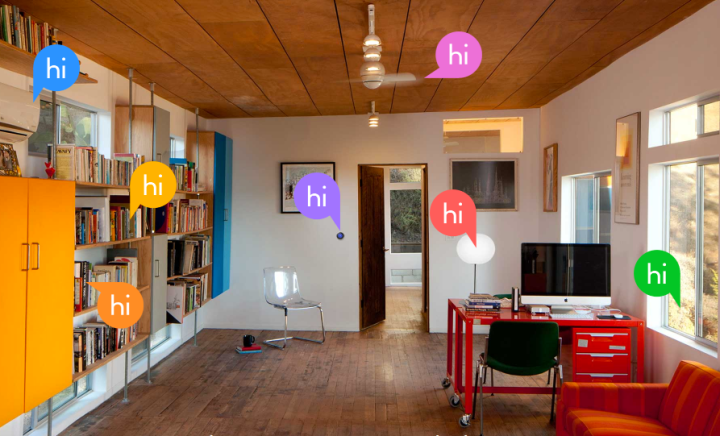
The smart assistant app launched on Thursday with the aim of bringing out “the value of connected devices for both their users and their manufacturers.” And it does so by way of the Thington concierge, which promises to help you set up your smart devices, as well as the rules you need to get the most out of them.
In essence, the Concierge is a conversational bot that walks you through the sometimes confusing steps of creating a connected home. Can’t figure out how to create various lighting scenes? Let Thington help. Want to set the temperature but don’t know quite how to deal with Nest? Ask Thington. Think of Thington as a super smart remote — one that will talk to you, too.
“We want it to be like texting a friend who knows how to set up this kind of stuff instead of needing a degree in computer science,” Thington co-founder Matt Biddulph told Buzzfeed. And as the Internet of Things and connected device market grows larger, Thington wants to get in the game in a supportive role sooner rather than later.
While Thington is currently only compatible with devices from six makers, it is constantly looking to expand and the company says “more device compatibility is on the way.” There is, however, another rather curious roadblock beyond compatibility — in order to work with Thington, you have to have a Twitter account. This is because Thington sees smart home devices as an extension of the social web, but all the same, it is a bit strange to require a Twitter account to work your smart home.
In any case, if you need some help working your smart home — and are active on social media — Thington may just be the solution you have been waiting for.
Editors' Recommendations
- iRobot Roomba Combo j9+ vs. iRobot Roomba Combo Essential: Which is better for you?
- Yale’s newest smart lock is designed for renters
- Can you take a picture of the solar eclipse with your phone? Here’s how to do it
- What to do if your Amazon Alexa app is not working
- How to convert your window blinds into smart blinds


